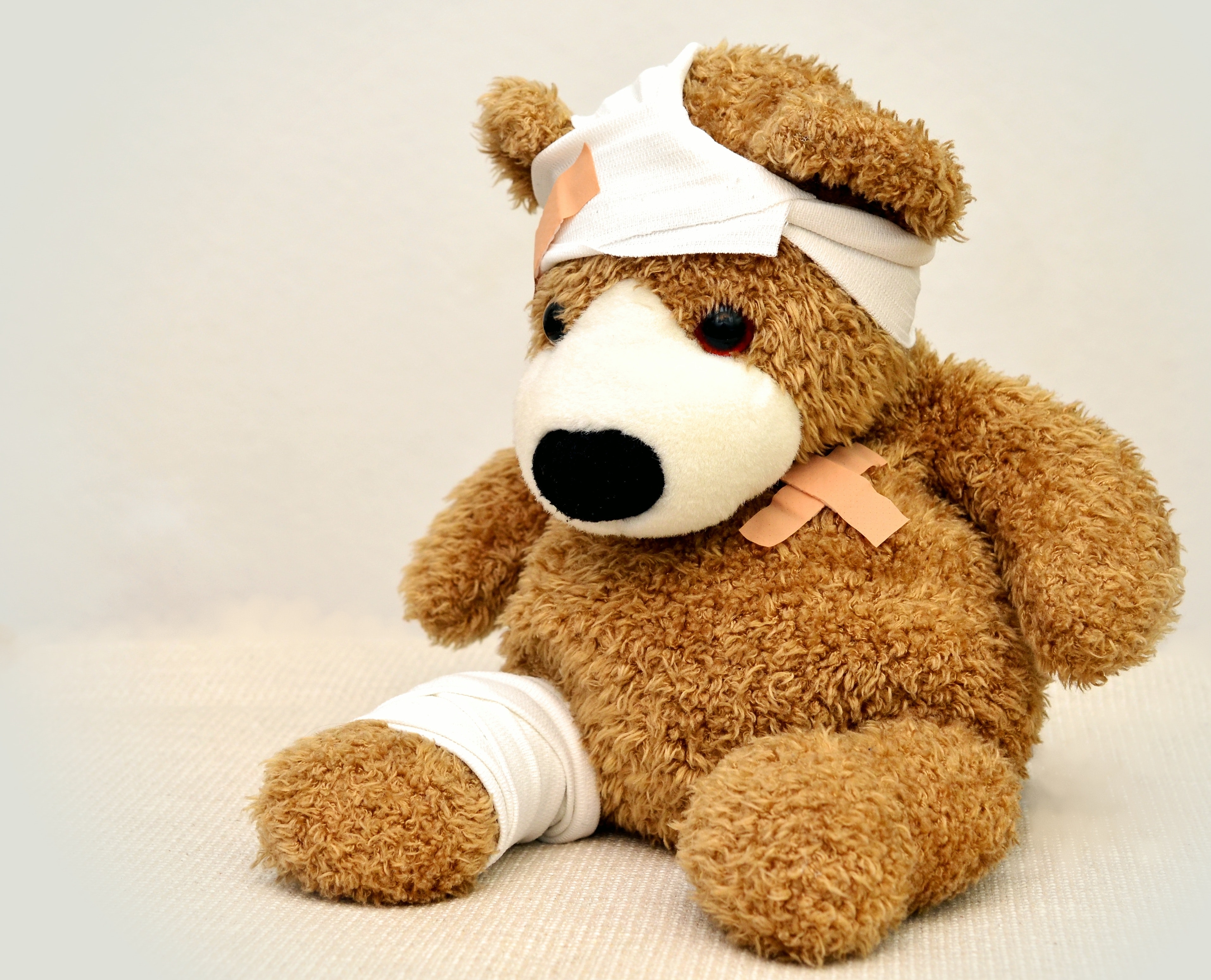First aid is an important part of everyone’s life, as you never know when you or someone else is going to need it. To administer helpful first aid, the principles must be understood.
The first moments of how an injury is responded to can make a significant difference to how the rest of the situation turns out. So, this post will look at these principles and how you can apply them if circumstances require you to do so. Read on to find out more.
Principle 1) Preserve Life
The first principle of first aid is to preserve life, either your own or someone else’s. This will be much easier in some situations than others, as a graze to the knee will require much less intervention than a cut to an artery.
Before you go ahead, it is important to do a risk assessment. You should not administer any first aid if you are going to put yourself at risk (or further risk). Check for any surrounding or immediate dangers, and make sure to call emergency services before you begin any first aid.
The idea of “preserve life” is to do exactly that. It is to perform actions that can save a life or reduce any life-threatening risks. Taking immediate action is important, and you should always help, if possible, as long as it does not put you at risk.
Principle 2) Prevent Deterioration
The second principle of first aid is to prevent any deterioration in the person who is injured. As with the first principle, this could appear to be a very simple job or the opposite. Once you have completed everything lined out in principle one, your next priority is to avoid making their injury worse or creating new issues. Make sure to remove any immediate danger, and ensure they are comfortable without disturbing anything.
First aid supplies would be useful here, so if you can, keep some in your car or your rucksack, especially if you are heading out into the middle of nowhere.
Principle 3) Promote Recovery
The third principle of first aid is to help lessen the time of suffering for those who have suffered an injury if you can do so. An example of this could be to clean up any minor wounds with disinfectant or douse any burns with cool water to help prevent further burning and influence the healing process.
Important Practices
When assisting someone who has been injured, you must be aware of the risks, protect yourself, and stay calm. Always check that someone is breathing and that their airways are clear. Administer CPR if necessary and follow the correct order of instructions to perform it safely for both you and the casualty.
If you are not sure how to perform CPR, it is always better to give chest compressions a go rather than not, as you could make a difference. Knowing what you are doing could be the difference between someone surviving an incident or not.
You might also enjoy:
- On Your Side, Every Step: Altoona Personal Injury Lawyers You Can Trust
- Make The Most Out Of Web 3; Utility Backed NFTs & The Crypto Drive
- What to Expect When You Work With a Personal Injury Lawyer in The Villages
- 3 Ways To Get Your Elderly Loved Ones To Embrace New Technology
- Injured in Lee’s Summit? A Personal Injury Lawyer Can Help You Seek Justice
